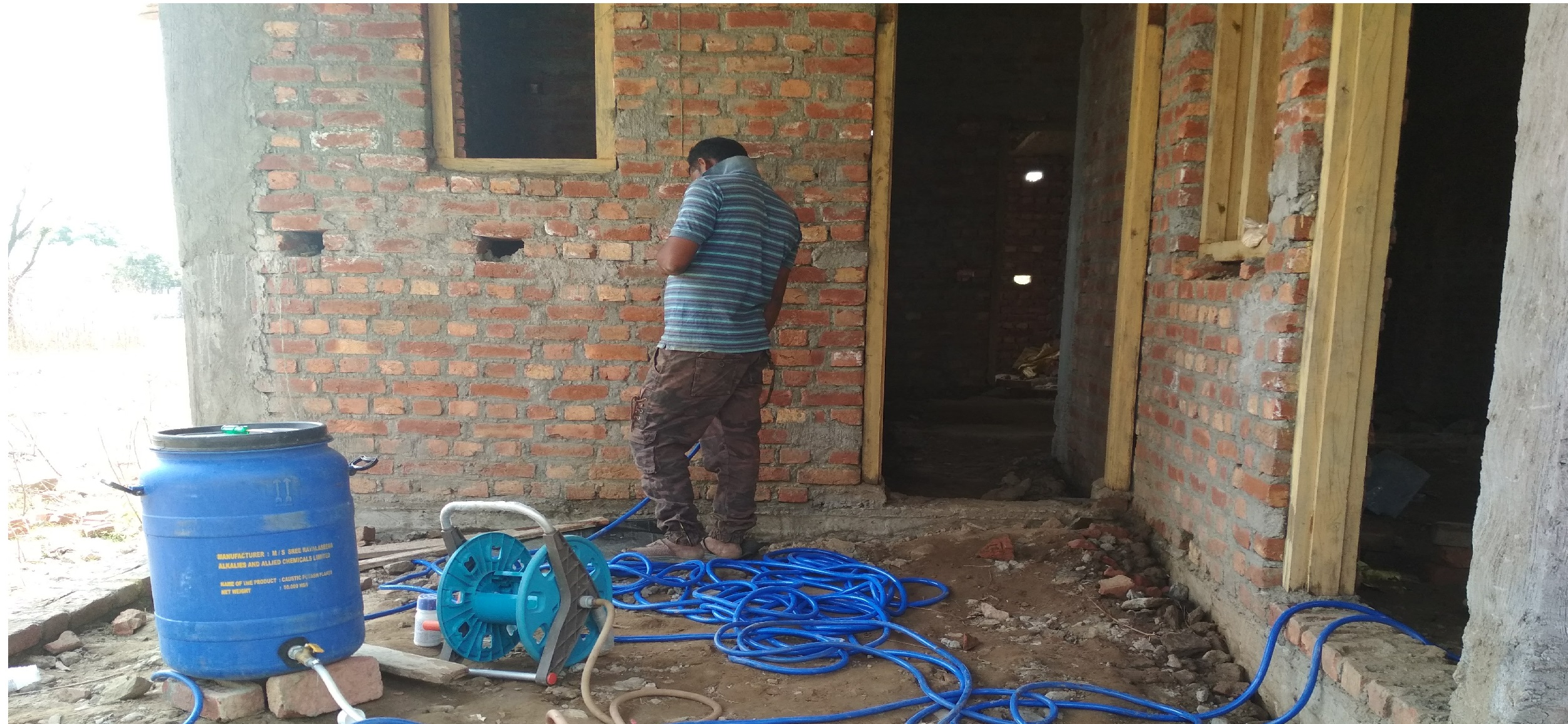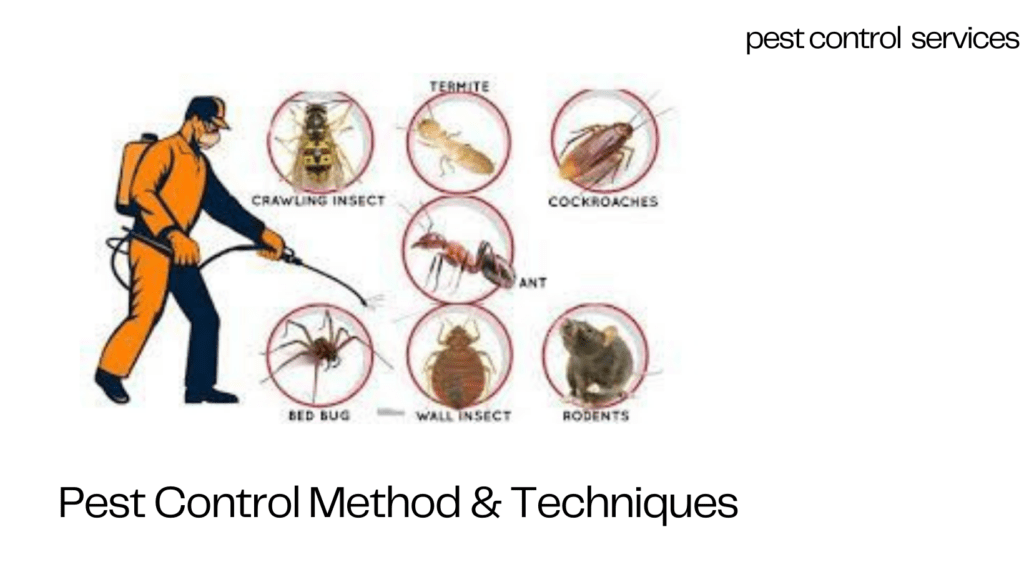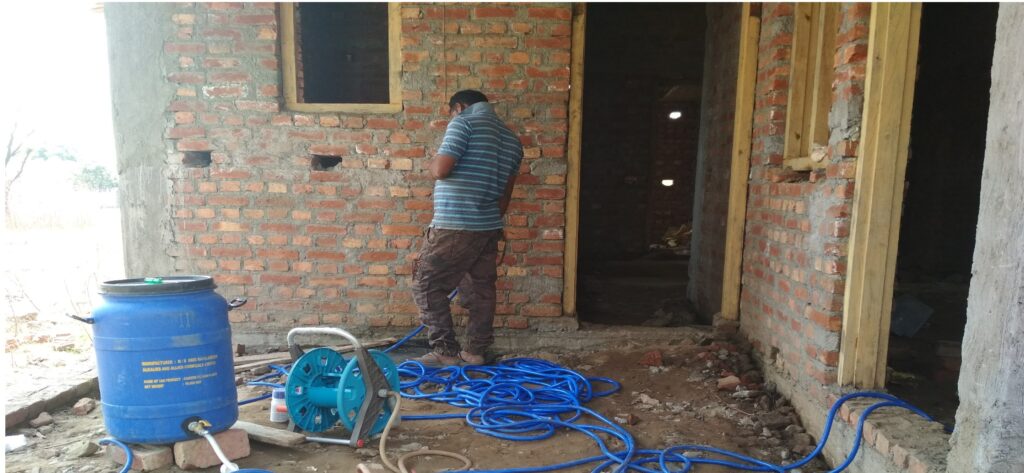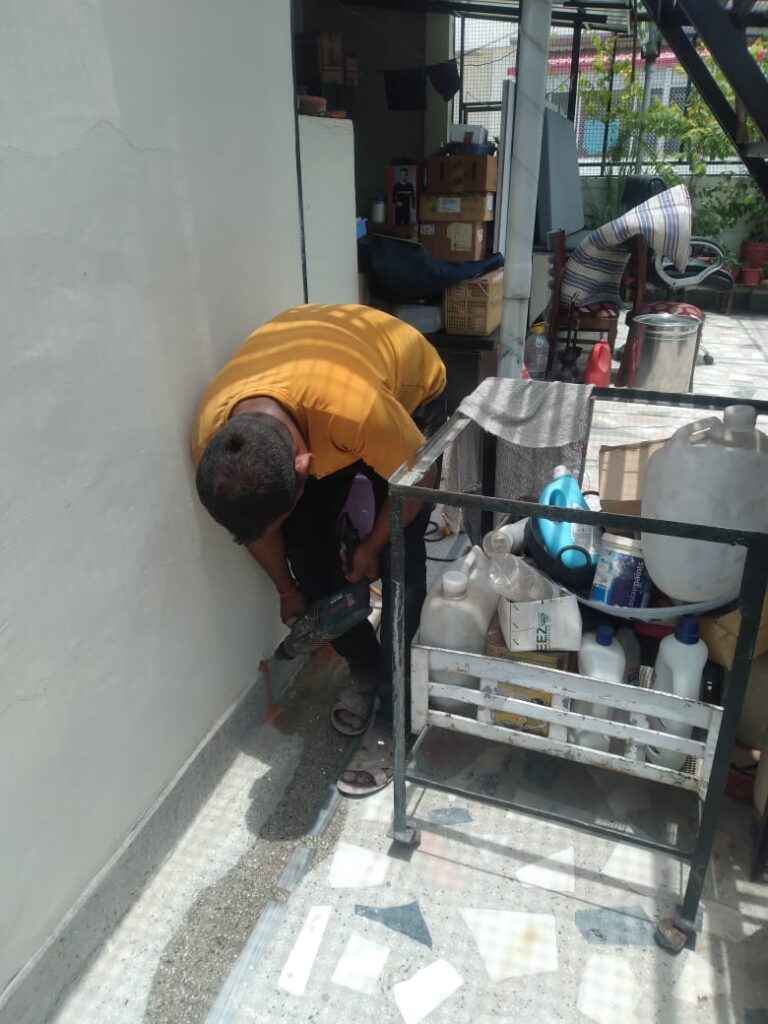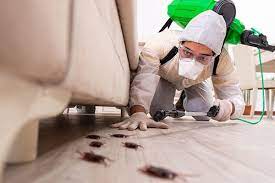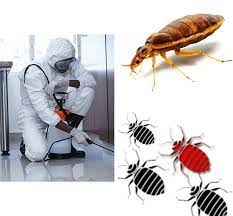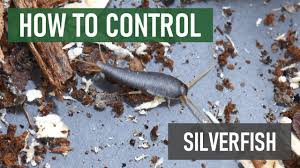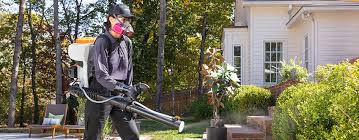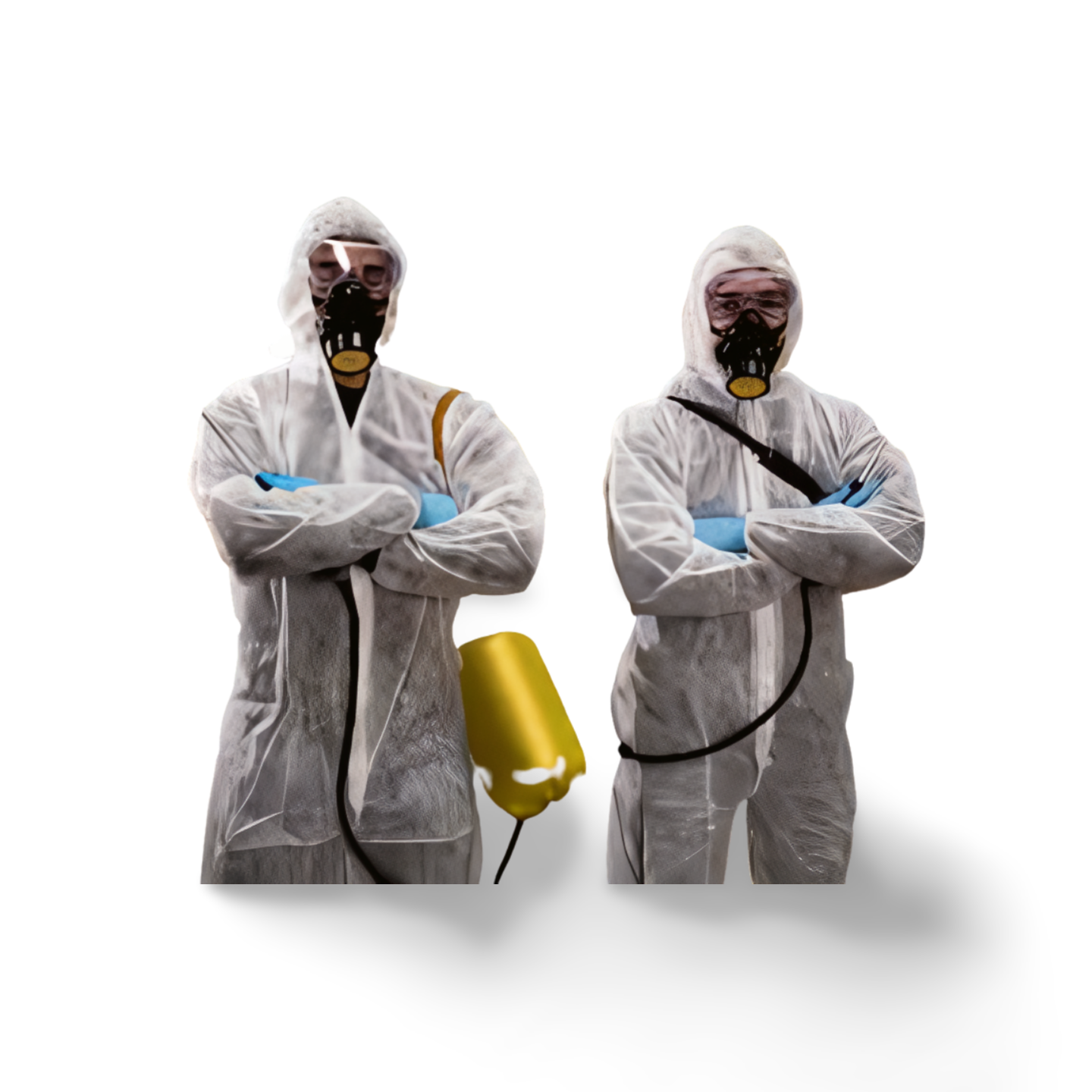Pest Control Services

-
Termite Treatment pest control services :
- Pre-Treatment: Pre-treatment involves creating a chemical barrier around the building’s foundation before construction or during renovation. This barrier prevents termites from entering the structure.
- Post-Treatment: Post-treatment is conducted when an active termite infestation is detected. It typically involves applying termiticides directly to the affected areas, such as soil, wood, or termite galleries, to eliminate the termites.
 Pre- Construction Anti Termite Treatment Service
Pre- Construction Anti Termite Treatment Service
Post Construction Anti Termite Treatment Service
-
Cockroach Treatment pest control services :
- Cockroach treatment focuses on eliminating cockroaches from residential or commercial spaces.
- It involves a combination of methods like insecticide sprays, dusts, baits, and traps.
- Target areas include kitchens, bathrooms, and other areas with high cockroach activity.
- Regular monitoring and follow-up treatments may be required to ensure long-term control.

-
Bed Bug pest control services /Treatment:
- Bed bug treatment involves the eradication of bed bugs from infested areas.
- It may include heat treatment, chemical treatments, or a combination of both.
- Infested bedding, furniture, and cracks and crevices are treated to eliminate bed bugs at all life stages.
- Thorough cleaning, vacuuming, and regular inspections are essential for successful treatment.

-
Flies Treatment:
- Flies treatment aims to eliminate or control fly infestations in homes, restaurants, or other premises.
- It involves identifying and eliminating breeding sites, such as decaying organic matter or garbage.
- Fly traps, insecticide sprays, and sticky tapes may be used for controlling adult flies.
- Regular sanitation and waste management practices are crucial for long-term fly control.

-
Rodents Treatment:
- Rodents treatment focuses on eliminating rats and mice from residential or commercial spaces.
- It includes locating and sealing entry points to prevent rodent access.
- Various methods like traps, bait stations, and rodenticides may be used for controlling rodents.
- Regular monitoring and preventive measures are necessary to prevent re-infestations.

-
Crawling Insect Treatment and Control:
- Crawling insect treatment targets a range of insects like ants, spiders, centipedes, and millipedes.
- It involves identifying and treating their hiding places, entry points, and breeding sites.
- Insecticide sprays, dusts, and baits may be used to control crawling insects.
- Regular inspection and maintenance are essential to prevent future infestations.
-
Fleas Treatment:
- Fleas treatment focuses on eliminating fleas from homes or pets.
- It includes treating infested pets with flea control products recommended by veterinarians.
- Vacuuming, washing bedding and upholstery, and using insecticides or flea control products on affected areas are common practices.
- Treating outdoor areas where pets spend time is also important to prevent re-infestation.
-
Silverfish Treatment:
- Silverfish treatment aims to eliminate silverfish infestations in homes or buildings.
- It involves reducing moisture levels, as silverfish thrive in humid environments.
- Insecticide sprays, dusts, and traps may be used to control silverfish populations.
- Sealing cracks and crevices and removing food sources are essential preventive measures.

-
Mosquitoes Treatment:
- Mosquitoes treatment focuses on reducing mosquito populations and their breeding sites.
- It includes eliminating stagnant water sources where mosquitoes lay their eggs.
- Insecticide sprays, larvicides, and fogging may be used to control adult mosquitoes and larvae.
- Mosquito nets, screens, and repellents can be employed for personal protection.

-
Beetle Treatment:
- Beetle treatment targets various types of beetles, such as carpet beetles, wood-boring beetles, and grain beetles.
- It involves identifying the beetle species and their specific habits to determine the appropriate treatment.
- Methods may include insecticide sprays, dusts, fumigation, or heat treatments.
- Preventive measures include proper storage and regular inspection of susceptible items
Conclusion: Effective pest control involves a comprehensive approach that includes identification, prevention, and treatment measures tailored to each specific pest. It is important to consult professional pest control services for accurate pest identification and appropriate treatment methods. Regular monitoring and maintenance are essential to prevent future infestations and ensure a pest-free environment.
Please follow and like us:
